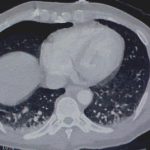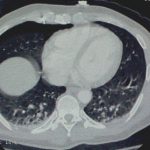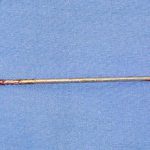One of the long-held beliefs in trauma care relates to the so-called “golden hour.” Patients who receive definitive care promptly do better, we are told. In most trauma centers, the bulk of this early care takes place in the emergency department. However, for a variety of reasons, throughput in the ED can be slow. Could extended periods of time spent in the ED after patient arrival have an impact on survival?
Wake Forest looked at their experience with nearly 4,000 trauma activation patients who were not taken to the OR immediately and who stayed in the ED for up to 5 hours. They looked at the impact of ED dwell time on in-hospital mortality, length of stay and ventilator days.
Overall mortality was 7%, and the average time in the ED was 3 hours and 15 minutes. The investigators set a reasonable but arbitrary threshold of 2 hours to try to get trauma activation patients out of the ED. When they looked at their numbers, they found that mortality increased (7.8% vs 4.3%) and that hospital and ICU lengths of stay were longer in the longer ED stay group. Hospital mortality increased with each hour spent in the ED, and 8.3% of patients staying between 4 and 5 hours dying. ED length of stay was an independent predictor for mortality even after correcting for ISS, RTS and age. The most common cause of death was late complications from infection.
Why is this happening? Patients staying longer in the ED between 2 and 5 hours were more badly injured but not more physiologically abnormal. This suggests that diagnostic studies or consultations were being performed. The authors speculated that the knowledge, experience and protocols used in the inpatient trauma unit were not in place in the ED, contributing to this effect.
Bottom line: This is an interesting retrospective study. It reflects the experience of only one hospital and the results could reflect specific issues found only at Wake Forest. However, shorter ED times are generally better for other reasons as well (throughput, patient satisfaction, etc). I would encourage all trauma centers to examine the flow and delivery of care for major trauma patients in the ED and to attempt to streamline those processes so the patients can move on to the inpatient trauma areas or ICU as efficiently as possible.
Reference: Emergency department length of stay is an independent predictor of hospital mortality in trauma activation patients. J Trauma 70(6):1317-1325, 2011.






